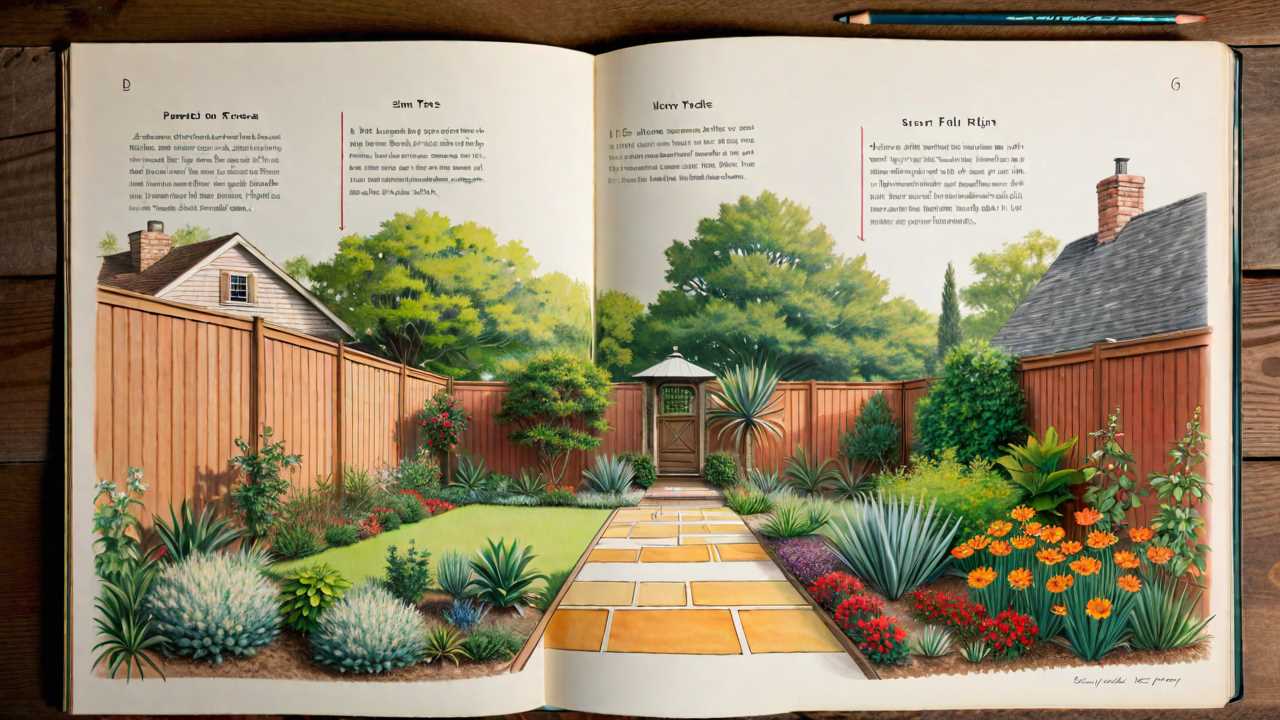Tree Health and Maintenance
Determining sun exposure throughout the day

If you’re planning to redo your lawn in Texas, it’s important to understand how much sun your yard gets. The sunlight patterns can help you pick the right local plants. To figure this out, watch your yard during the day to see where the sun hits the most and least.
Start by dividing your yard into sections and labeling them on a sketch or map. Then, observe each section at three key times: morning (around 8 am), midday (noon to 2 pm), and afternoon (around 4 pm). Record the amount of sunlight each section receives during these times. Areas that receive at least 6 hours of direct sunlight per day are considered full sun, while those that receive 4 to 6 hours of direct sunlight are considered partial sun. Sections that receive 2 to 4 hours of direct sunlight are considered partial shade, and those receiving less than 2 hours of direct sunlight are considered full shade.
Listen to this Article
To really understand how the sun hits your yard, you should watch it over several days and seasons.
The sun’s position changes over the year, being higher in the sky in summer and lower in winter.
Damon Nelson
This means areas in your yard that get a lot of sun in summer might be in shade in winter, and vice versa. So, you need to factor in weather and seasonal changes for a complete understanding.
Once you have a clear understanding of the sun exposure in your yard, you can use this information to select native plants that are well-suited to each section.
For example, in areas that receive full sun, you might choose native grasses like Buffalo grass or drought-tolerant plants like Texas Sage and Lantana.
In partially shaded areas, plant types like Tropical Sage or Woolly Stemodia can thrive. In areas that are fully shaded, moss is a good low-care alternative to grass that stays green all year.
By taking the time to determine the sun exposure in your yard and choosing plants accordingly, you’ll be setting yourself up for success in replacing your lawn with native plants that will thrive in Texas’s climate. This careful planning will result in a beautiful, low-maintenance landscape that requires less water and provides habitat for local wildlife.
Hello there! I’m Logan Foster, the green-thumbed social media marketer behind the vibrant world of 1800TreeGuy.com. With roots firmly planted in arboriculture, I’ve branched out to help clients cultivate their dream outdoor spaces, one leafy canopy at a time. My knack for nurturing nature is more than a profession—it’s a way of life.
When I’m not talking trees and teaching the art of arboreal care, you can find me cheering on the Bulldogs—my alma mater’s pride and my forever team. My environmental studies there didn’t just teach me about ecosystems; they instilled a lifelong passion for protecting our planet.
Off the clock, I’m an adventurer at heart. Whether it’s trekking the Appalachian trails, pedaling down a mountain path, or crafting guides to share the wonders of the wild, I’m happiest with soil under my nails and the sun on my face. And let’s not forget Yoda, my pug sidekick. He may not have mastered the art of stillness, but his joyful grins are my daily dose of happiness.
I’m all about making connections—between people and the great outdoors and between my clients and their ideal landscape visions. My approach is personal; every tree has a story, and every garden reflects its caretaker.
If you want to green your scene or share in my outdoor escapades, give me a shout on Instagram or Facebook. Let’s cultivate a conversation and grow a community rooted in a love for the lush life.